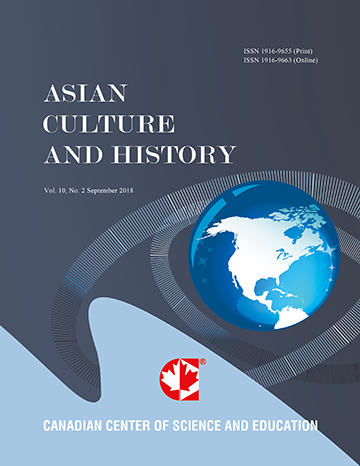Acculturation Process of Arab-Muslim Immigrants in the United States
- Jamil Al Wekhian
Abstract
While globalization has made this world smaller, interdependent, and heterogeneous, clashes among different cultures became inevitable. Immigrants leave their home country for many reasons, by choice or necessity. The U.S. is considered one of the countries that enjoys its cultural diversity. In the case of Arab-Muslim immigrants, they came to the U.S. either seeking a better life, or fleeing prosecution. They come from completely different culture, language, and religion. This move makes them prone to experience one or more challenges: assimilation, integration, separation, or marginalization. Since assimilation is very hard to achieve, integration is the ideal choice for which scholars aspier. This paper investigates the acculturation process of Arab-Muslim immigrants in the U.S. Results showed a variety of potential barriers exist hindering Arab-Muslim immigrants from successful integration into the United States society. Cultural and religious differences, distinctions in moral and ethical values, perception of gender relations, demonization of the Arab population in mass media, and discrimination are the major factors causing the overall struggles of the acculturation process.
- Full Text:
 PDF
PDF
- DOI:10.5539/ach.v8n1p89
Journal Metrics
Google-based Impact Factor (2017): 5.42
h-index (January 2018): 11
i10-index (January 2018): 21
h5-index (January 2018): 6
h5-median (January 2018): 9
Index
- Academic Journals Database
- CNKI Scholar
- COPAC
- EconPapers
- Elektronische Zeitschriftenbibliothek (EZB)
- Excellence in Research for Australia (ERA)
- Genamics JournalSeek
- Google Scholar
- Infotrieve
- LOCKSS
- MIAR
- NewJour
- Open J-Gate
- PKP Open Archives Harvester
- Publons
- RePEc
- Scilit
- SHERPA/RoMEO
- Standard Periodical Directory
- Technische Informationsbibliothek (TIB)
- The Keepers Registry
- Universe Digital Library
- WorldCat
Contact
- Ivan YongEditorial Assistant
- ach@ccsenet.org
